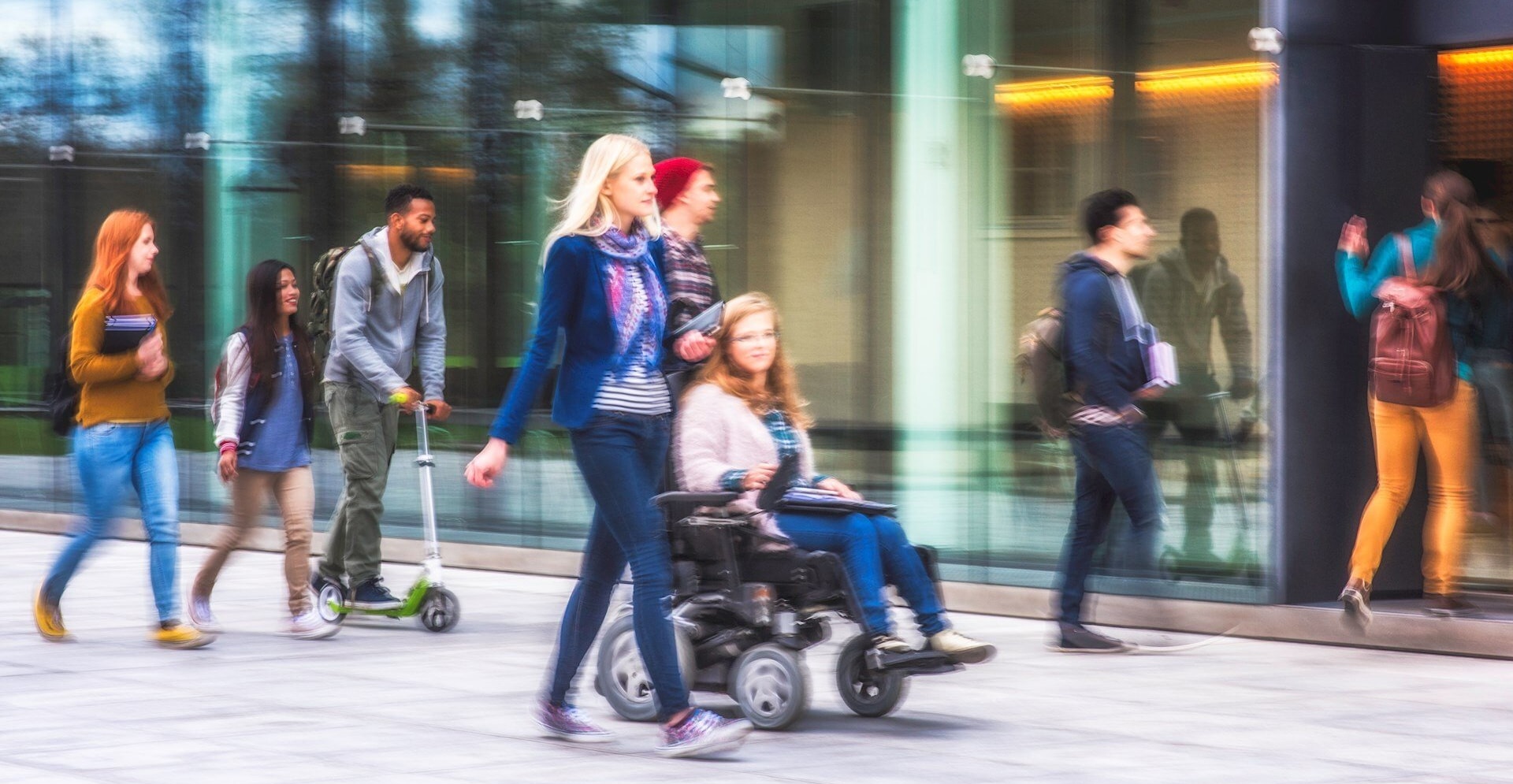Sometimes the most complex challenges of a process lie within the smallest steps. For mobility, the first and last mile usually make up the shortest portions of a journey, but lack of services or their inefficiencies turn away potential transit commuters.
The convenience of a high-speed train ride or interconnected subway system goes out the window if commuters can’t easily travel from their stop to their destination. People want seamless, reliable experiences that make transit as convenient (or even better, more convenient) than vehicle travel.
Cities and transit agencies cracking the code to successful first- and last-mile mobility will allow communities to enjoy the congestion- and environment-improving elements of mass transit. Converting vehicle commuters into transit users can enhance their daily journeys while also alleviating congestion and emissions issues plaguing roadways. But to decipher optimal solutions for future mobility, we need to shift the conversations around the first and last mile.
Here are six recommendations to guide these conversations:
- Establish a robust, reliable transit network
Reliability is at the core of enhancing user experiences with transit. A robust transit network – from the first and last mile to everything in between – is always the backbone for success.
Commuters need up-to-date information at their fingertips to navigate their journeys. They want assurance that trains will arrive on time and that an extensive network of buses, shuttles or micro-mobility offerings are available to start and complete commutes.
More dependability would make transit a viable option for many who aren’t considering it today. Once it’s established, it will make first- and last-mile mobility conversations much more meaningful.
- Study your target market and people’s behaviors
Think of all the people on the move as potential customers, including people in cars. Subpar transit and first- and last-mile experiences can create friction Zthat leads them to opt for personal vehicles or ride hailing services. Initiate conversations with communities and residents to understand their behaviors, such as why they choose certain modes and not others.
- Reimagine solutions
Apply what you learn about travel behaviors to answer a basic question: How can we make the first and last mile efficient, safe, sustainable and comfortable for passengers? This will help you visualize ideal journeys for citizens within and beyond the transit ecosystem.
Possible solutions include: Improved street design, UX-focused digital applications, implementation plans with community inputs, private sector partnerships and policy changes. Strategic implementations could address transportation issues as well as challenges around urban planning, land use, behavioral science, the environment, the economy and more.
- Tap into potential partnerships
Your organization can address barriers to user adoption by harmonizing with the scores of private companies solving first- and last-mile mobility challenges. Don’t center discussions solely on specific solutions, though. Define your goals, such as improved equity, safety, or environmental impact, and the potential solutions should follow. Many private organizations will be eager to work on innovating mobility in a live environment. Testing and learning together will be critical to finding the ultimate choice.
- Guide behaviors using policies
Emerging technologies are exciting, but policies can be just as powerful in optimizing transit assets and guiding people’s behaviors. Perhaps your city plans to address first- and last-mile mobility via a subway extension, for example. Strategic policies can make it easier to distribute or densify users as needed to minimize metro system congestion and delays, making rush hours more bearable for travelers and your working teams.
- Decide your approach: Flex or fixed?
On-demand mobility provides flexible options for people to take transit where they wouldn’t have otherwise, especially in low-density or low-demand areas. But they must be applied thoughtfully to ensure the resources are not just poured into high-density and high-income neighborhoods. Some changes will require judgement calls. For example, fixed services might not be as convenient, but they provide greater reliability. Understanding the needs and challenges in your city is key to identifying balanced solutions.
In-depth discussions around people’s first- and last-mile mobility challenges could reveal new opportunities to innovate your transit system and convert potential users into dedicated customers.








